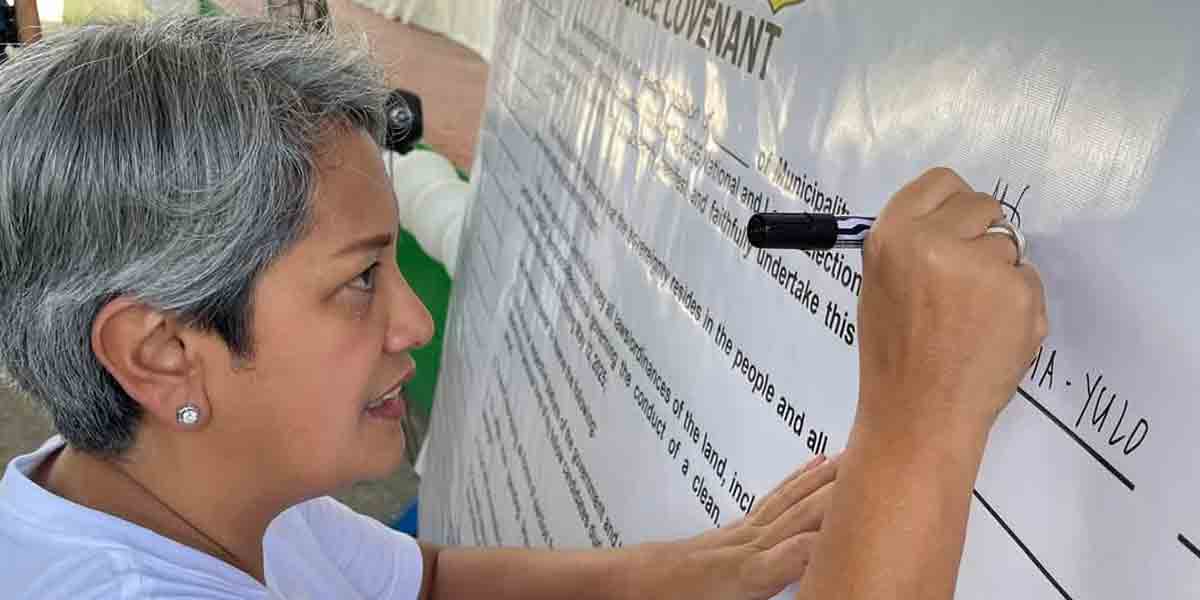
By Francis Allan L. Angelo
The Intellectual Property Office of the Philippines (IPOPHL) and 193 Member States of the World Intellectual Property Organization (WIPO) have made a historic step by adopting a groundbreaking treaty on intellectual property (IP), genetic resources (GR), and associated traditional knowledge (ATK).
The landmark agreement, culminating 25 years of negotiations, aims to create a more inclusive global patent system.
The new treaty introduces a critical disclosure requirement for patent applicants whose inventions are based on genetic resources and their associated traditional knowledge.
The measure is seen as essential to prevent the misappropriation of GR and ATK, protecting the rights of Indigenous Peoples and local communities.
“The treaty is a testament to our collaborative spirit that can empower marginalized sectors beyond national borders while upholding a balanced IP system,” said IPOPHL Director General Rowel S. Barba at the Diplomatic Conference held in Geneva from May 13 to 24, 2024.
Barba emphasized the importance of allowing member states sufficient policy space to adopt the treaty according to their national circumstances.
He advocated for a balanced approach in promoting the treaty’s aims and the diversity it represents.
In the Philippines, a similar mechanism is already in place through a joint administrative order with the National Commission on Indigenous Peoples.
IPOPHL, a strong supporter of the treaty, views this development as a significant step toward recognizing the rights of Indigenous Peoples over their genetic resources and traditional knowledge, which are considered national cultural treasures.
Following the treaty’s adoption, Barba announced that IPOPHL would recommend the Philippines become a Contracting Party, putting the treaty into motion through national policy. The treaty will enter into force three months after ratification by 15 Contracting Parties.
Background on the WIPO Treaty
The treaty is the first WIPO-administered instrument to address the complex interface between patents, genetic resources, and associated traditional knowledge.
It includes provisions specifically relating to Indigenous Peoples and local communities, aiming to establish new standards for patent disclosures.
This initiative highlights a global commitment to inclusivity in the patent system and the protection of biodiversity and cultural heritage.
The adoption of this treaty marks a significant shift towards recognizing and safeguarding the contributions of Indigenous Peoples and local communities in the realm of intellectual property.
Barba highlighted the collaborative nature of the treaty: “This treaty empowers the marginalized sectors beyond national borders while maintaining a balanced IP system.” He further noted the need for a balanced approach in implementing the treaty’s provisions to respect the diverse circumstances of member states.
The adoption of this treaty is seen as a major victory for inclusivity in the global patent system, offering robust protection for genetic resources and associated traditional knowledge, and setting a new standard for international intellectual property law. (With a report from IPOPHL)




















